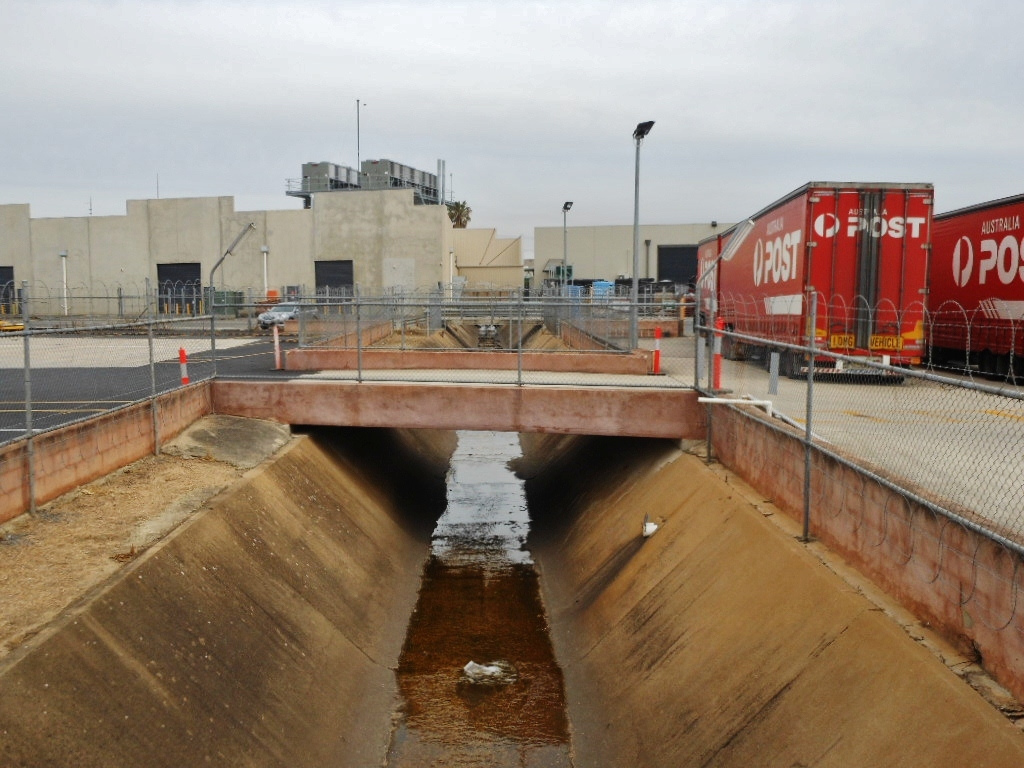
A dire warning from Australia Post’s chief executive that mail volumes “will literally fall off a cliff” if the government stops sending out paper correspondence has been quickly followed by landmark deal with Canberra that promises to dramatically slash the number of letters sent by the Commonwealth.
In what could be ‘Thelma and Louise’ moment for the struggling Postal Service, its boss Ahmed Fahour and Communications minister Malcolm Turnbull have hit the accelerator on a digital joint venture that, if successful, could massively drop paper mail deliveries in just a year.
Mr Turnbull and Human Services Minister Senator Marise Payne on Monday revealed that Australia Post will now front-end secure electronic mail from the popular ‘my.gov.au’ online portal and its myGov inbox.
The deal will allow users of the myGov inbox to have mail they get there forwarded to their Post Digital Mailbox – the assumption being that they either have or will want one.
The play is a big one for Post because it potentially opens-up myGov’s customer base of more than 4 million active accounts which in turn plug into Medicare, Centrelink, Child Support, the Department of Veterans’ Affairs, the National Disability Insurance Scheme, e-Health and the Australian Taxation Office.
However a real challenge that remains for Post is that while myGov has already won those customers, it doesn’t automatically follow that they see similar value in having mail that now goes there automatically forwarded.
The announcement of the deal between Post and DHS also follows a week of the Abbott government trying to deflect an increasing criticism and warnings over the market testing of outsourcing options for Medicare and PBS transactions by the Department of Health.
Labor Senator Doug Cameron late last week slammed the proposal, accusing the government of failing to invest in badly needed core infrastructure upgrades at DHS whole potentially sending jobs offshore.
In reality, Australia Post is regarded as a frontrunner to collect the outsourcing deal, should one eventuate, raising questions about whether there is any real value for taxpayers in shuffling around what one knowledgeable public service source referred to as “transactional deckchairs.”
The most obvious benefit for consumers under the latest Post deal is that, if successful, they could get all their secure correspondence (like utility and phone bills, some bank statements and other commercial correspondence) all in the one place instead of than having to traverse multiple log-ins across corporate and government domains.
Yet the reality of the Post-DHS deal is that achieving that kind of functionality is far from simple or seamless.
For starters, it’s understood that although myGov will allow people to view forwarded government mail they receive, Post’s front end won’t have the powerful ability to link back into multiple government systems on behalf of users.
This means actually doing anything really useful with it, like executing a transaction, will prospectively still require users to head back to the government’s main transactional authentication hub pioneered and effectively piloted by the Department of Human Services.
Still, DHS has little to lose, either politically or operationally, by forwarding on secure mail to a new channel from an already trusted supplier.
A much bigger headache for Post is if banks also demand access to the same kind of mail sent by Commonwealth services through the likes of BPAY, which Post is trying to wrest market share from in the payments and bill representation market to arrest dwindling mail revenues.
Either way, the precipice for paper mail is now fast approaching, regardless of who is at the wheel.





Before everyone gets excited, let’s see what the Senate Inquiry into Australia Post reveals due for conclusion 27/08/2014.
There could be some very Red Faces within government circles.
First off SACK that usless OVER PAID CEO of Australia Post. Ahmed Fahour . NO ONE deserves 4.8 million dollars or there about’s.. we being ripped off.. immediately get rid of him.. its a disgrace paying a parasite this amount of money.. NO ONE deserves that much…